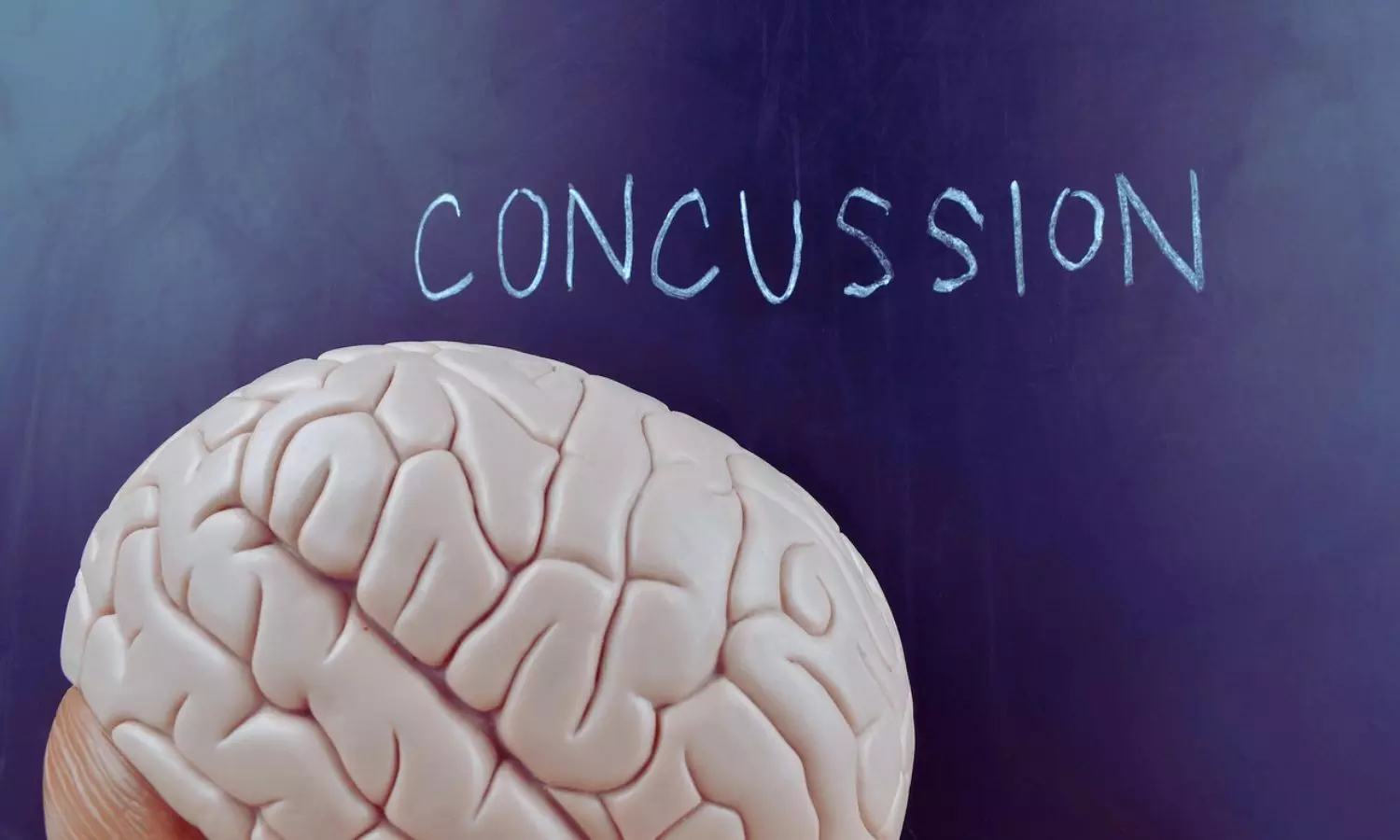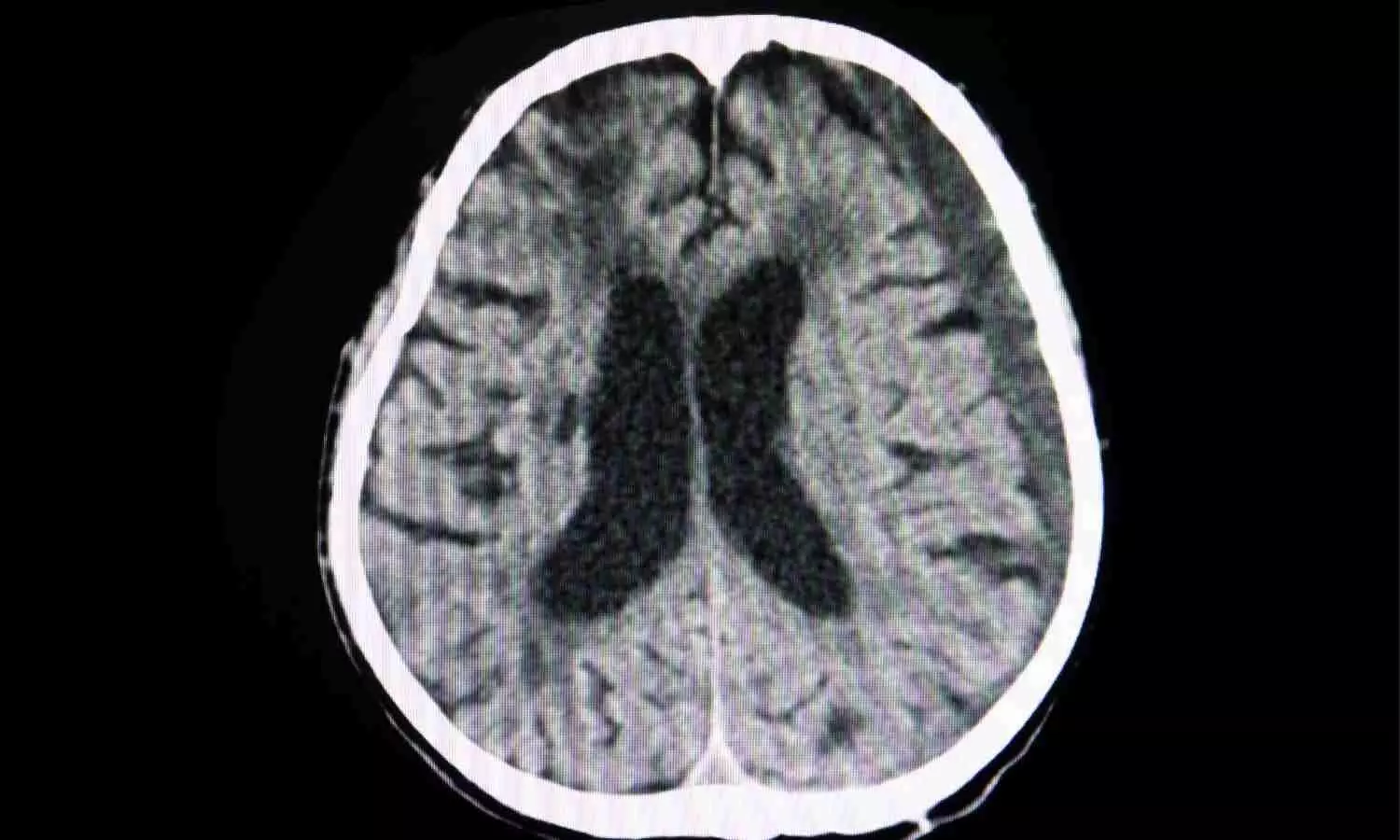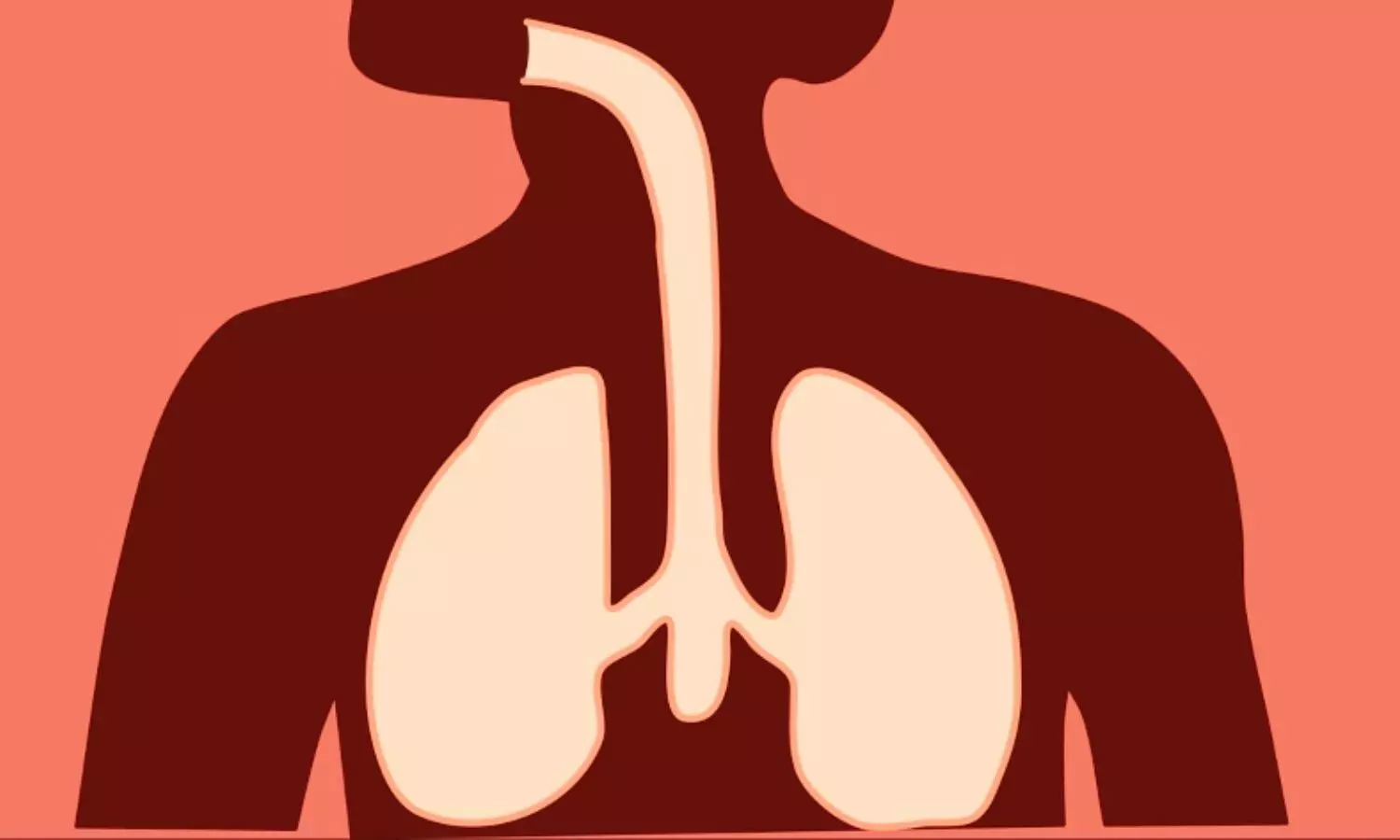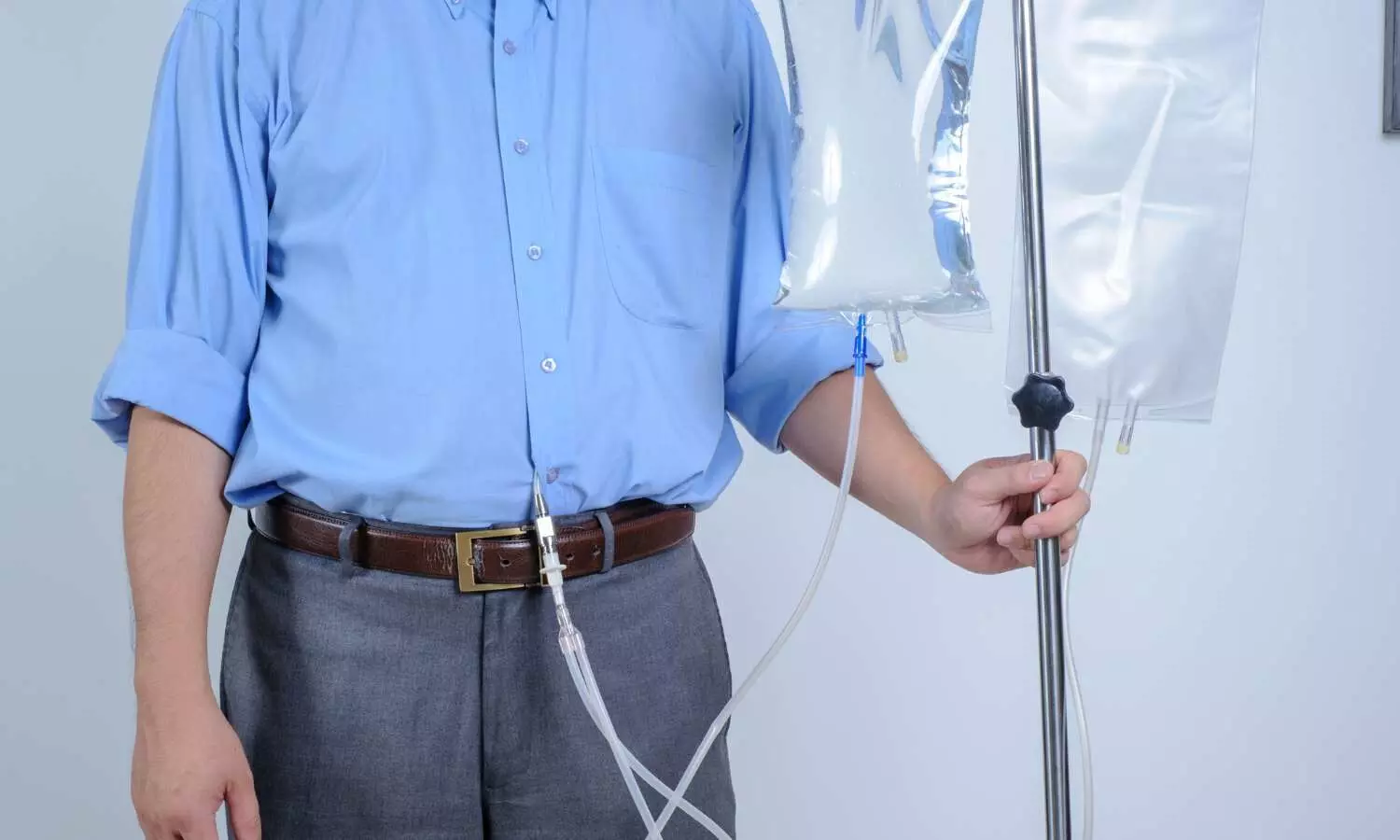Food insecurity, loneliness can increase the risk of developing chronic pain after surgery
Powered by WPeMatico
Powered by WPeMatico

A new meta-analysis suggests that clopidogrel may be a safer and more effective option than aspirin for patients who have completed dual antiplatelet therapy (DAPT) following percutaneous coronary intervention (PCI). The findings could reshape post-PCI treatment strategies by challenging the long-held dominance of aspirin as the standard maintenance therapy.
The systematic review and meta-analysis evaluated data from 4 randomized controlled trials (RCTs) involving 19,554 patients (9,846 were assigned to clopidogrel monotherapy and 9,708 to aspirin monotherapy), after completion of DAPT. The comprehensive search spanned major databases, including MEDLINE, Embase, Scopus, CENTRAL, and ClinicalTrials.gov, up to April 12, 2025.
The research analyzed major cardiovascular outcomes, including stroke, myocardial infarction (MI), all-cause mortality, cardiovascular (CV) death, coronary revascularization, major bleeding, and stent thrombosis. Using random-effects models, they pooled hazard ratios (HRs) to compare the two antiplatelet strategies.
These results found that clopidogrel monotherapy led to a 31% lower risk of stroke (HR: 0.69; 95% CI: 0.51–0.94; p = 0.02; I² = 28%) compared with aspirin. Similarly, the risk of myocardial infarction was reduced by 29% among clopidogrel users (HR: 0.71; 95% CI: 0.51–0.99; p = 0.05; I² = 48%).
There were no significant differences between the 2 drugs in terms of all-cause mortality (HR: 0.99; 95% CI: 0.78–1.25; p = 0.92), cardiovascular death (HR: 0.87; 95% CI: 0.70–1.08; p = 0.22), or need for coronary revascularization (HR: 0.95; 95% CI: 0.83–1.09; p = 0.44).
Rates of major bleeding were comparable between both groups (HR: 0.97; 95% CI: 0.70–1.35; p = 0.87), suggesting that clopidogrel’s enhanced efficacy does not come at the cost of increased bleeding risk. Also, stent thrombosis showed no significant difference (HR: 0.66; 95% CI: 0.38–1.15; p = 0.15).
The analysis highlights that clopidogrel monotherapy after DAPT not only reduces the risk of stroke and myocardial infarction when compared to aspirin but also maintains a comparable safety profile regarding bleeding and mortality. These results reinforce the upcoming evidence that clopidogrel, long used in combination therapy, may stand on its own as a potent and safe long-term antiplatelet agent. Overall, these findings may influence upcoming clinical guidelines, prompting cardiologists to reconsider whether aspirin should remain the default single antiplatelet therapy post-PCI.
Source:
Waqas, S. A., Imran, Z., Bilal, A. R., Ahmed, S., Gaba, H., Chew, N. W. S., Greene, S. J., & Khan, M. S. (2025). Efficacy of clopidogrel monotherapy versus aspirin monotherapy after percutaneous coronary intervention. Journal of Thrombosis and Thrombolysis. https://doi.org/10.1007/s11239-025-03185-0
Powered by WPeMatico

Researchers have determined in a new study that adolescents who have diagnosed concussions have over a 60% greater risk of suicide than those with orthopedic injuries. The research emphasizes an important mental health issue, indicating that for every additional concussion, the risk increases. With the increasing numbers of children and young adults experiencing concussions, the findings suggest the importance of establishing specific suicide prevention interventions in this group. The study was published in the American Journal of Preventive Medicine by Jingzhen Yang and colleagues.
This was a retrospective longitudinal cohort study based on Ohio Medicaid claims merged with death certificate information from January 1, 2011, through December 30, 2020. The sample consisted of 417,512 youth and young adults 5–24 years old, separated into two cohorts:
Concussion group: 41,341 persons
Orthopedic injury (OI) group: 376,171 persons
Follow-up of participants up to 10 years was done. Statistical analysis in the form of Cox regression models with inverse probability of treatment weighting (IPTW) was used to estimate associations between injury type and suicide death time. Other models tested the effect of concussions that occurred in follow-up. Analyses were carried out from April through August 2024.
Results
There were 271 suicides during follow-up, 42 in the concussion group and 229 in the orthopedic injury group.
Suicide risk: Adolescents with concussion were at a significantly increased risk of suicide compared with individuals with orthopedic injury (HR = 1.65; 95% CI = 1.18–2.30).
5-year difference in risk: 0.034% (95% CI = 0.006%–0.061%), or 34 extra suicides per 100,000 with concussion.
Repeated concussion effect: With each follow-up concussion, the risk of suicide was associated with another increase (HR = 1.52 per incident; 95% CI = 1.12–2.05).
This large-scale cohort study shows that youth and young adults with concussions face a more than 60% higher suicide hazard compared to those with orthopedic injuries, and each subsequent concussion further elevates the risk. These findings highlight the urgent need for targeted suicide prevention interventions in concussion patients, underscoring concussion not just as a neurological concern but also as a serious mental health risk factor.
Reference:
Yang, J., Brock, G. N., Steelesmith, D. L., Thompson, A. J., Llamocca, E. N., Bridge, J. A., & Fontanella, C. A. (2025). Association between concussion and risk of suicide among youth and young adults. American journal of preventive medicine, 108127. Advance online publication. https://doi.org/10.1016/j.amepre.2025.108127
Powered by WPeMatico

Singapore: A new study published in the Journal of Autism and Developmental Disorders has found that toddlers with higher daily screen time exposure (STE) are more likely to show signs of autism, particularly in social-communication skills.
Powered by WPeMatico

Netherlands: A new study published in JAMA Network Open has found that outcomes for patients with traumatic acute subdural hematoma (ASDH) do not significantly differ between those treated in centers favoring early surgical intervention and those preferring conservative management.
Powered by WPeMatico

Exercise snacks-intentional short bursts of physical activity-may be an effective way of boosting the cardiorespiratory fitness of physically inactive adults, finds a synthesis of the available research, published online in the British Journal of Sports Medicine.
Adherence to exercise snacking throughout the day was high, the findings indicate, and this approach could counter perceived lack of time and low motivation-frequently cited barriers to fulfilling the recommended weekly quota of physical activity for health-say the researchers.
Globally, around a third of adults, and 80% of teens, fail to meet the recommended physical activity levels of 300 minutes/week of moderate, or 75–150 minutes/week of vigorous, intensity physical activity, note the researchers.
A growing body of evidence indicates that exercise snacks, such as stair climbing or weights, have the potential to improve health and counter the deleterious effects of prolonged sitting. But most of these studies have relied on quasi-experimental designs or qualitative analyses, they add.
To fill this gap, the researchers set out to evaluate the effects of exercise snacks on cardiorespiratory fitness, muscular endurance, and cardiometabolic factors, such as blood fats and body fat distribution, to see if this might be a practical and scalable approach to curbing physical inactivity and its associated effects on health.
They scoured research databases for relevant clinical trials published up to April 2025, and found 11 from Australia, Canada, China and the UK that were suitable for pooled data analysis. These involved a total of 414 sedentary or physically inactive adults, over two thirds of whom (69%) were women.
Exercise snacks were defined as bursts of moderate to vigorous intensity physical activity lasting 5 minutes or less, excluding warm-up, cool-down, and intermediate recovery periods, and done at least twice a day for between 3 and 7 days a week for 4 to 12 weeks.
They mainly consisted of stair climbing, either as continuous bouts or at repeated intervals, for young and middle aged adults. Leg focused strength exercises and tai chi were the dominant forms among older adults.
Synthesis of the data showed that exercise snacking significantly improved cardiorespiratory fitness in adults (moderate certainty of evidence), although the evidence in support of its impact on muscular endurance in older adults (69-74 year olds) was limited.
Nor was exercise snacking associated with any significant effects on leg strength or cardiometabolic factors, including body composition, blood pressure, and blood fat profiles.
But compliance was high, at 91%, as was the ability to stick with the programme (83%), highlighting the potential feasibility and acceptability of this approach in real world unsupervised settings, suggest the researchers.
They acknowledge various limitations to their findings, chief among which was the limited number of studies with limited sample sizes included in their data synthesis. The study design and methodology of the included studies also varied considerably.
Nevertheless, they conclude: “The time efficient nature of exercise snacks may help overcome common barriers to physical activity, such as perceived lack of time and low motivation.
“Exercise snacks may enhance adherence to regular physical activity by providing short, flexible exercise bouts that are easier to integrate into daily routines.”
Reference:
Rodríguez MÁ, Quintana-Cepedal M, Cheval B, et alEffect of exercise snacks on fitness and cardiometabolic health in physically inactive individuals: systematic review and meta-analysisBritish Journal of Sports Medicine Published Online First: 07 October 2025. doi: 10.1136/bjsports-2025-110027
Powered by WPeMatico

A new study published in The New England Journal of Medicine showed that within a year after being diagnosed with pulmonary arterial hypertension (PAH), patients’ outcomes improved when sotatercept was added to usual therapy.
Adult patients with World Health Organization functional class II or III pulmonary arterial hypertension who were on double or triple baseline treatment, had an intermediate or high risk of mortality, and had been diagnosed less than a year prior were recruited for this phase 3 trial. Subcutaneous sotatercept (initial dose: 0.3 mg per kilogram of body weight; raised to goal dose: 0.7 mg per kilogram) or placebo was administered as an adjuvant medication to patients at random every 21 days.
According to time-to-first-event analysis, the main end points were clinical worsening, composite of death from any cause, unplanned hospitalization for at least 24 hours due to worsening pulmonary arterial hypertension, atrial septostomy, lung transplantation, or decline in exercise testing performance as a result of pulmonary arterial hypertension.
Following the publication of encouraging data from earlier sotatercept studies, the experiment was terminated early due to a loss of clinical equilibrium. There were 320 patients in all, 160 in each of the placebo and sotatercept groups. 13.2 months was the median follow-up period.
Almost, 17 patients (10.6%) in the sotatercept group and 59 patients (36.7%) in the placebo group experienced at least one primary end-point incident (hazard ratio: 0.24; 95% CI: 0.14 to 0.41; P<0.001).
8 patients (5.0%) in the sotatercept group and 46 patients (28.8%) in the placebo group experienced a decline in exercise testing performance as a result of pulmonary arterial hypertension; 3 patients (1.9%) and 14 patients (8.8%) experienced unplanned hospitalization for worsening pulmonary arterial hypertension, respectively; and 7 patients (4.4%) and 6 patients (3.8%) died from any cause.
There were no instances of lung transplantation or atrial septostomy. The most frequent side effects of sotatercept were telangiectasia (26.2%) and epistaxis (31.9%). Overall, when sotatercept was added to background medication for persons with pulmonary arterial hypertension who had been diagnosed less than a year prior, the risk of clinical deterioration was lower than with a placebo.
Reference:
McLaughlin, V. V., Hoeper, M. M., Badesch, D. B., Ghofrani, H. A., Gibbs, J. S. R., Gomberg-Maitland, M., Preston, I. R., Souza, R., Waxman, A. B., Kopeć, G., Meyer, G., Olsson, K. M., Fu, W., Shi, Y., Miller, B., Kim, S. S., Mackenzie, H. S., Brambatti, M., Patel, M. J., … HYPERION Trial Investigators. (2025). Sotatercept for pulmonary arterial hypertension within the first year after diagnosis. The New England Journal of Medicine, NEJMoa2508170. https://doi.org/10.1056/NEJMoa2508170
Powered by WPeMatico

New research reveals that inflammatory responses may play a role in different types of fatigue experienced by many people with cancer. The findings are published by Wiley online in CANCER, a peer-reviewed journal of the American Cancer Society.
Cancer-related fatigue can be a distressing and persistent burden that causes patients to feel physical, emotional, and/or cognitive tiredness or exhaustion. Activation of inflammatory responses by the tumor itself and/or by cancer treatment is thought to be a key biological driver of this symptom, but inflammatory activity across the cancer continuum has not been thoroughly examined.
To investigate, researchers at the University of California, Los Angeles (UCLA) analyzed protein markers of inflammation in 192 women with early-stage breast cancer who were examined before radiation or chemotherapy and throughout the 18 months after treatment. At each assessment, women reported on different dimensions of fatigue (general, physical, mental, and emotional) and provided blood that was tested for protein markers of inflammation. These included two pro-inflammatory cytokines (TNF-α and IL-6) and two downstream markers of their activity (sTNF-RII and CRP).
Higher levels of TNF-α, sTNF-RII, and IL-6 were linked with greater general fatigue, which involves feelings of tiredness and exhaustion. These effects remained even after accounting for age, race, education, body mass index, and cancer stage. Similarly, there was a positive association between physical fatigue, which involves feelings of physical weakness and heaviness, and TNF-α, sTNF-RII, and CRP. Conversely, higher levels of TNF-α and sTNF-RII were associated with lower levels of emotional fatigue. No significant associations between mental (or cognitive) fatigue and inflammatory markers were found.
“Our findings indicate that inflammation plays a role in some aspects of cancer-related fatigue, but not others, and that these effects persist well after treatment,” said lead author Julienne E. Bower, PhD, of UCLA. “This is critical for developing targeted treatments for this common and disabling symptom.”
Reference:
Julienne E. Bower, Arielle Radin, Patricia A. Ganz, Michael R. Irwin, Steve W. Cole, Inflammation and dimensions of fatigue in women with early stage breast cancer: A longitudinal examination, Cancer, https://doi.org/10.1002/cncr.70038
Powered by WPeMatico

A new study published in the Nature Scientific Reports revealed that elevated triglyceride-glucose (TyG) index levels were strong predictors of all-cause and cardiovascular (CV) mortality in patients starting peritoneal dialysis (PD). Further research is needed to compare TyG with other insulin sensitivity markers and validate findings across diverse populations
The study was conducted among 553 PD patients who began therapy between 2003 and 2017, to explore whether TyG index levels could forecast mortality risk. Insulin resistance (IR) is known to contribute to elevated fasting glucose and triglyceride levels, both of which are common in patients with end-stage renal disease. While direct measurement of IR is costly and complex, the TyG index offers an accessible alternative.
The participants were divided into 3 groups (tertiles) based on their TyG index values at the start of the study. This research monitored the cohort for over a decade, analyzing mortality outcomes using Cox proportional hazard models while adjusting for a wide range of potential confounders including age, gender, medication use, comorbidities, and laboratory parameters related to PD.
During the follow-up period, 142 deaths occurred, of which 89 were attributed to cardiovascular causes. In multivariable-adjusted models, patients in the highest TyG tertile (tertile 3) had more than twice the risk of death compared with those in the lowest tertile (tertile 1). Specifically, the hazard ratio (HR) for all-cause mortality was 2.12 (95% confidence interval [CI] 1.31–3.43, p = 0.021), and for cardiovascular mortality, the HR was 2.78 (95% CI 1.34–5.76, p = 0.006).
When the TyG index was analyzed as a continuous variable the association remained significant. Each standard deviation increase in TyG index was linked to a proportionally higher risk of both all-cause and cardiovascular deaths, which highlighted the robustness of the relationship.
Receiver operating characteristic (ROC) analysis further determined the optimal TyG cut-off values for mortality prediction. For all-cause mortality, the ideal cut-off was 8.79, showing a sensitivity of 62.7% and specificity of 61.6%, with an area under the curve (AUC) of 0.652. For cardiovascular mortality, the cut-off was slightly higher at 8.85, with 66.3% sensitivity, 62.9% specificity, and an AUC of 0.681. Overall, these results suggest that elevated TyG index values could serve as an early warning signal for clinicians managing PD patients.
Reference:
Hsu, K.-M., Hsieh, Y.-P., Chang, Y.-J., Tsai, S.-M., & Chiu, P.-F. (2025). Triglyceride-glucose index predicts the mortality risk among incident peritoneal dialysis patients in a cohort study. Scientific Reports, 15(1), 35283. https://doi.org/10.1038/s41598-025-19171-8
Powered by WPeMatico

Cancer fighters know that losing their hair is often part of the battle, but Michigan State University researchers have developed a shampoo-like gel that has been tested in animal models and could protect hair from falling out during chemotherapy treatment.
Baldness from chemotherapy-induced alopecia causes personal, social and professional anxiety for everyone who experiences it. Currently, there are few solutions-the only ones that are approved are cold caps worn on the patient’s head, which are expensive and have their own extensive side effects.
Bryan Smith, an associate professor in the College of Engineering and with MSU’s Institute for Qualitative Health Science and Engineering, has developed a gel the consistency of shampoo that he hopes will help protect patients’ hair throughout treatment. When Smith was a trainee at Stanford University, he learned and used a process that inverted the typical engineering process, seeking to objectively identify and completely characterize critical clinical needs prior to solving them.
“This unmet need of chemotherapy-induced alopecia appealed to me because it is adjacent to the typical needs in medicine such as better treatments and earlier, more accurate diagnostics for cancer,” Smith said. “This is a need on the personal side of cancer care that, as an engineer, I didn’t fully recognize until I began interviewing cancer physicians and former cancer patients about it. Once I understood, it became clear to me that better solutions are very important to many cancer patients’ quality of life.”
This rigorous process of specifying the need, identifying possible solutions, developing an initial prototype, and refining and testing it led to the development of a gel described in a new paper appearing in Biomaterials Advances.
The gel is a hydrogel, which absorbs a lot of water and provides long-lasting delivery of drugs to the patient’s scalp. The hydrogel is designed to be applied to the patient’s scalp before the start of chemotherapy and left on their head as long as the chemotherapy drugs are in their system — or until they are ready to easily wash it off.
During chemotherapy treatment, chemotherapeutic drugs circulate throughout the body. When these drugs reach the blood vessels surrounding the hair follicles on the scalp, they kill or damage the follicles, which releases the hair from the shaft and causes it to fall out. The gel, containing the drugs lidocaine and adrenalone, prevents most of the chemotherapy drugs from reaching the hair follicle by restricting the blood flow to the scalp. Dramatic reduction in drugs reaching the follicle will help protect the hair and prevent it from falling out.
To support practical use of this “shampoo,” the gel is designed to be temperature responsive. For example, at body temperatures the gel is thicker and clings to the patient’s hair and scalp surface. When the gel is exposed to slightly cooler temperatures, the gel becomes thinner and more like a liquid that can be easily washed away.
Smith and his team hope to obtain federal and/or venture funding to move this research forward into clinical trials and, eventually, to human patients.
“The research has the potential to help many people,” Smith said. “All the individual components are well-established, safe materials, but we can’t move forward with follow-up studies and clinical trials on humans without the support of substantial funding.”
Reference:
Romila Manchanda, Alireza Aminoroaya, Brett Volmert, Jacob J. Haffner, Patrick Vaughan, Connor Grady, Tian Autumn Qiu, Bryan Ronain Smith, Hydrogel-based drug delivery system designed for chemotherapy-induced alopecia, Biomaterials Advances, https://doi.org/10.1016/j.bioadv.2025.214452.
Powered by WPeMatico
